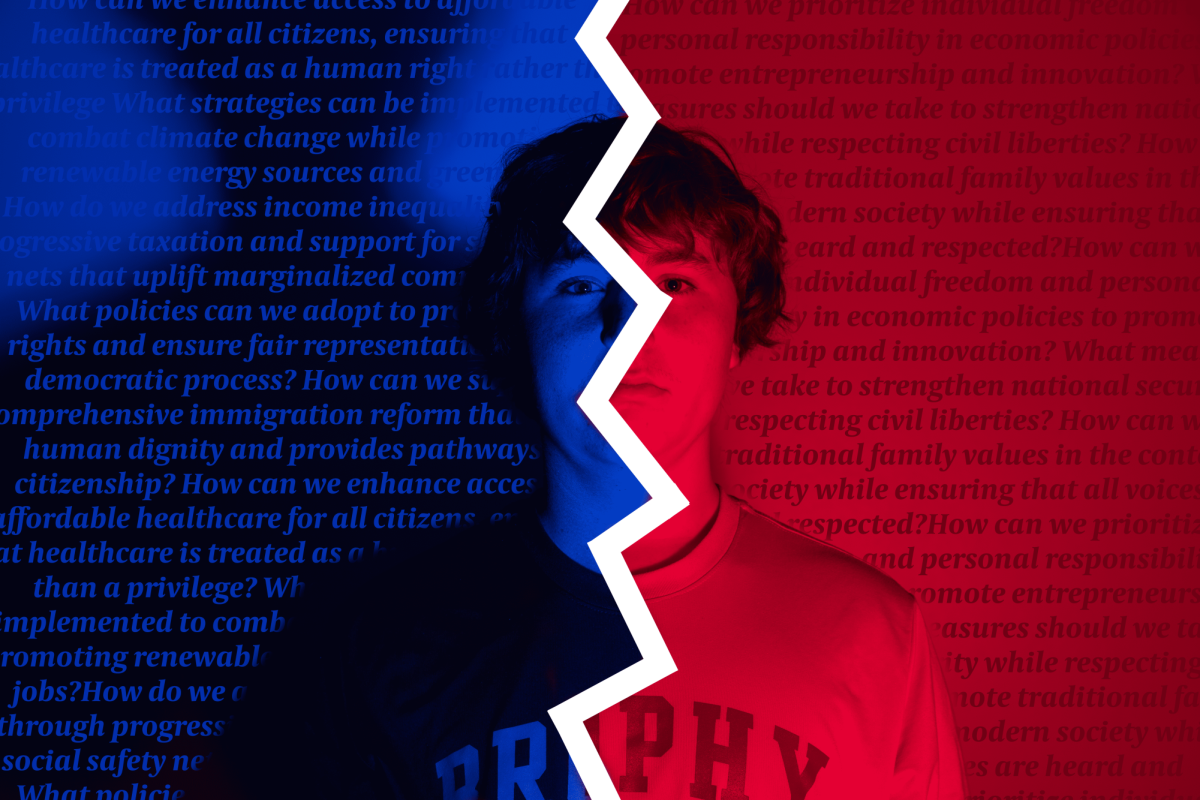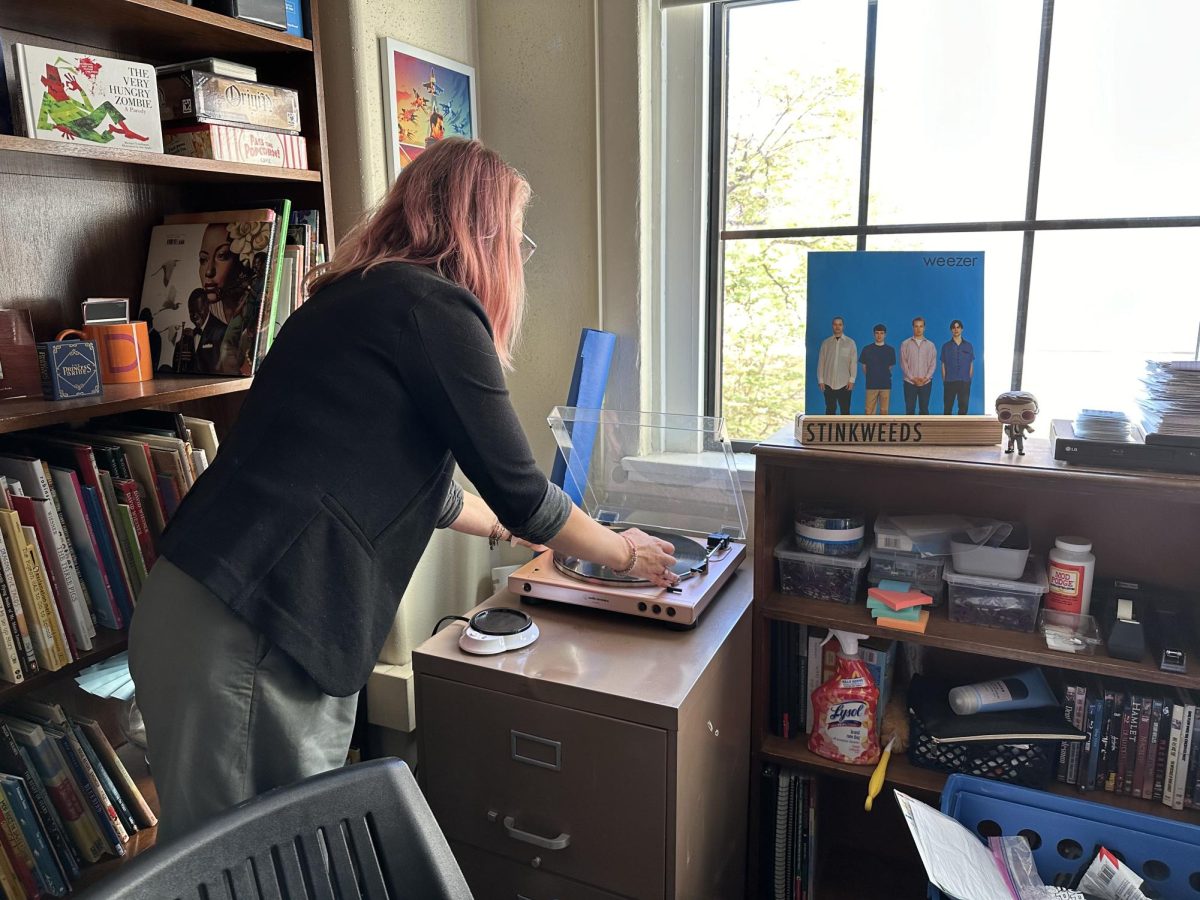Photo Illustration by Jack Willmore ’24
By Jack Willmore ’24
THE ROUNDUP
10 members of the 12 teams in the Pac 12 Athletic Conference have left the conference in just a little over a year, leaving the conference in disarray.
First, it was USC and UCLA in late Summer 2022 to make the decision to leave the Pac 12 for the Big 10 Conference. Then, almost a year later, Oregon and Washington decided to tag along and make the move for the Big 10. Fast forward a little over a week later and 6 more teams decided to leave for the Big 12 and ACC Conference. Arizona, Arizona State, Colorado, and Utah decided to leave for the Big 12 and Stanford and Cal left for the ACC. This left just two schools left in the Pac 12: Oregon State and Washington State.
The decision for these schools to move to different conferences comes down to one thing: better business.
The Pac-12 tried to secure a new TV deal with major providers, such as Apple TV or ESPN, before the 2023 season. Things didn’t work out as providers thought the Pac 12’s $50 million per team asking price for the media deal was way too expensive. With no deal secured for the 2023 season, Pac 12 teams realized they would be losing out on at least $30 million dollars in TV revenue. Schools like Oregon and Washington reportedly didn’t want to leave the Pac 12, but the Big 10’s $31.7 million dollar TV deal was too enticing.
With all this reshuffling, college football conferences aren’t geographically based anymore. The ACC, which stands for the Atlantic Coast Conference, added two teams that are distinctly on the Pacific Coast. The Big 10, which has always been Midwest-based, is going to have USC travel across the country to play most of their games.
All this traveling poses one question: how will the student-athletes be affected?
Brophy student Jack Lafflam ’25, who is committed to Arizona for baseball, says it doesn’t affect his commitment decision, “It doesn’t affect it too much. Obviously travel will be a little different but my decision stays the same. I’m committed to the program, not the conference.”
Stanford and Cal will have to travel 6 to 7 hours for every away game, playing at colleges like Boston College or Rutgers, when the most they would most likely have to travel for a game in the Pac 12 is 3-4 hours. How will this affect student wellbeing?
NCAA president Charlie Baker voiced his opinion on the issue saying, “I believe DI university and college presidents, commissioners and the NCAA should work together to explore ways to address the impact this growing gap is having on student-athlete well-being and the competitive equity issues across the division.”
Fafflam thinks there is no competitive difference between the Pac 12 and the Big 12, saying, “I would like to play in the Pac 12 but I’m totally fine playing in the Big 12. I think it’s pretty much the same competition; they’re all D1–good schools.”
So far there has been no statement by schools or their athletic administrators on how they will try to remedy this concern over student wellbeing and long travel hours. When will there be extra time to make up classes or learn topics they have missed?
It increasingly looks like student-athletes are turning more into athletes than students. While the conference realignment may be good for business, schools have to ask themselves, is it good for student-athletes as well?
























